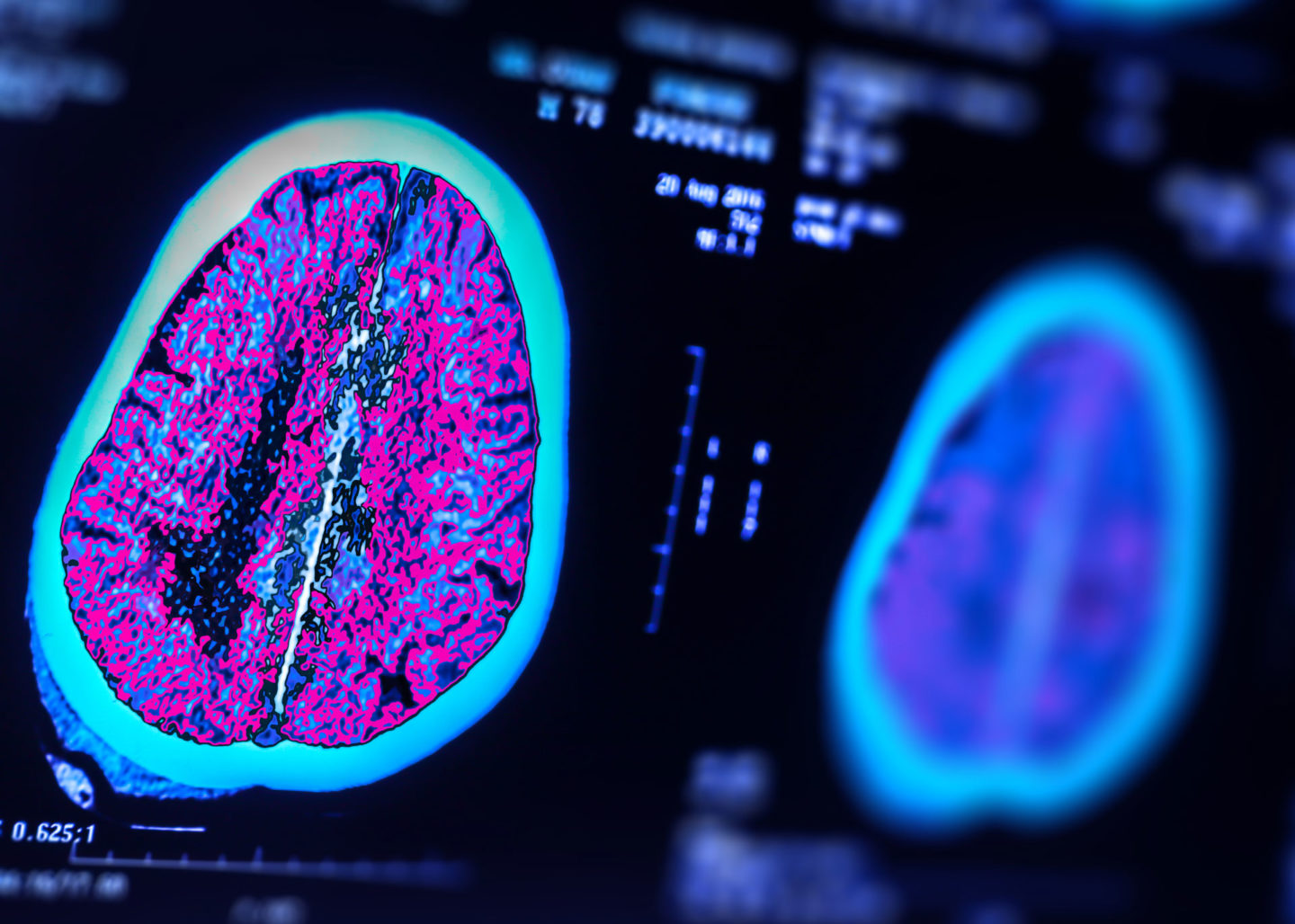Wrongful dismissal is a situation in which an employee has been illegally fired. “The boss’s actions must have been contrary to the law” or in “breach of contract.” Unless there is a contract of employment between a boss and an employee, employment is generally assumed to be “voluntary.” This means that the boss can fire the employee for any or no reason at all. This also means that an employee can resign for any reason and at any time they want. However, if the dismissal violates a specific labor law, this general rule does not apply. If you are fired for any such case contact wrongful termination lawyer.
Brain injury prognosis .Acquired brain damage (ACD) is a serious public health problem due to its high incidence and prevalence, prolonged effects, individual and family repercussions, and enormous socioeconomic costs. In our country, different institutions and specialties provide unequal care.
DCA lies between two extreme poles: deep coma and, in its opposite, complete reintegration into the community to a degree similar to that preceding the injury. In between are vegetative states, states of minimal consciousness and, when cognitive recovery occurs, a whole range of deficiencies, from highly dependent states to different cognitive, behavioral, emotional, motor deficits, with subsequent disabilities and handicaps. Very difficult to classify due to its heterogeneity. Its evolutionary prognosis is established by measuring the functional situation from descriptive and functional scales, which have significant validity and reliability problems.
Some scales (GOS, GOSE, etc.) classify functional deterioration in the acute and sub acute lesion phase. Others discuss the planning and monitoring of neurorehabilitation (ERLA, Barthes Index, SRS). The ICIDH-2 classification describes disabilities and handicaps.
The effectiveness of rehabilitation treatments depends on their individualization, earliness, intensity and that they are carried out by accredited centers. Its results are difficult to quantify and, therefore, to compare, due to serious methodological problems.
Types of brain injuries. Any head injury can cause traumatic brain injury. There are two main types of traumatic brain injury:
Penetrating injuries: In this type of injury, a foreign body (such as a bullet) enters the brain and causes damage to specific regions of the brain. This focal, or localized, injury occurs along the object’s path of penetration. Symptoms vary depending on the injured region of the brain.
Blunt Head Injuries: Blunt injuries are the result of a blow to the head, such as when the head is hit by the car’s windshield or dashboard during a traffic accident. These injuries cause two types of brain damage:
The primary brain injury, which is derived from the total damage received upon impact, may include:
Skull fracture: bone fracture of the skull
Bruises / bruises: often occur in the region below the impact zone or in places where the force of the blow has pushed the brain against the bone ridges inside the skull
Bruises / blood clots – occur between the skull and brain, or within the brain itself
Lacerations: tearing of the frontal (front) and temporal (side) lobes or blood vessels of the brain (the force of the blow rotates the brain over the bony edges of the skull, causing the tear)
nerve damage (diffuse axonal injury) – This results from a shear or shear force caused by the blow, causing the breakdown of nerve fibers in the brain due to damage to nerve cells
The secondary brain injury, which is damage that accumulates slowly after the trauma, may include:
Inflammation of the brain (cerebral edema)
Increased pressure inside the skull (intracranial hypertension)
Epilepsy
Intracranial infection
Fever
Hematoma
High or low blood pressure
Low amount of sodium
Too much or too little carbon dioxide
Abnormal blood clotting
Cardiac changes
Lung changes
Nutritional changes
Please note that sometimes medical experts can be negligent with the treatment which can further worsen your brain injury. These cases are termed under the category ‘medical malpractice’ and you have the right to sue the concerned medical professionals. Check this website to know about how a medical malpractice lawyer can help you in such cases.
What physical problems can occur after traumatic brain injury?
Physical problems may include hearing loss, tinnitus (ringing or ringing in the ears), headaches, seizures, dizziness, nausea, vomiting, blurred vision, decreased sense of taste or smell, and decreased strength and coordination on the body, arms and legs.
What communication problems can occur after traumatic brain injury?
People who have suffered a brain injury frequently have cognitive and communication dysfunctions that considerably affect their independence. These problems vary depending on how widespread the brain injury is and the location of the injury.
People who survive brain injury may have trouble finding the words they need to express an idea or to explain themselves either orally or in writing. It can take great effort to understand oral and written messages, just as if you were trying to understand a foreign language. And they may also have difficulty with spelling, writing, and reading.


Leave a Reply